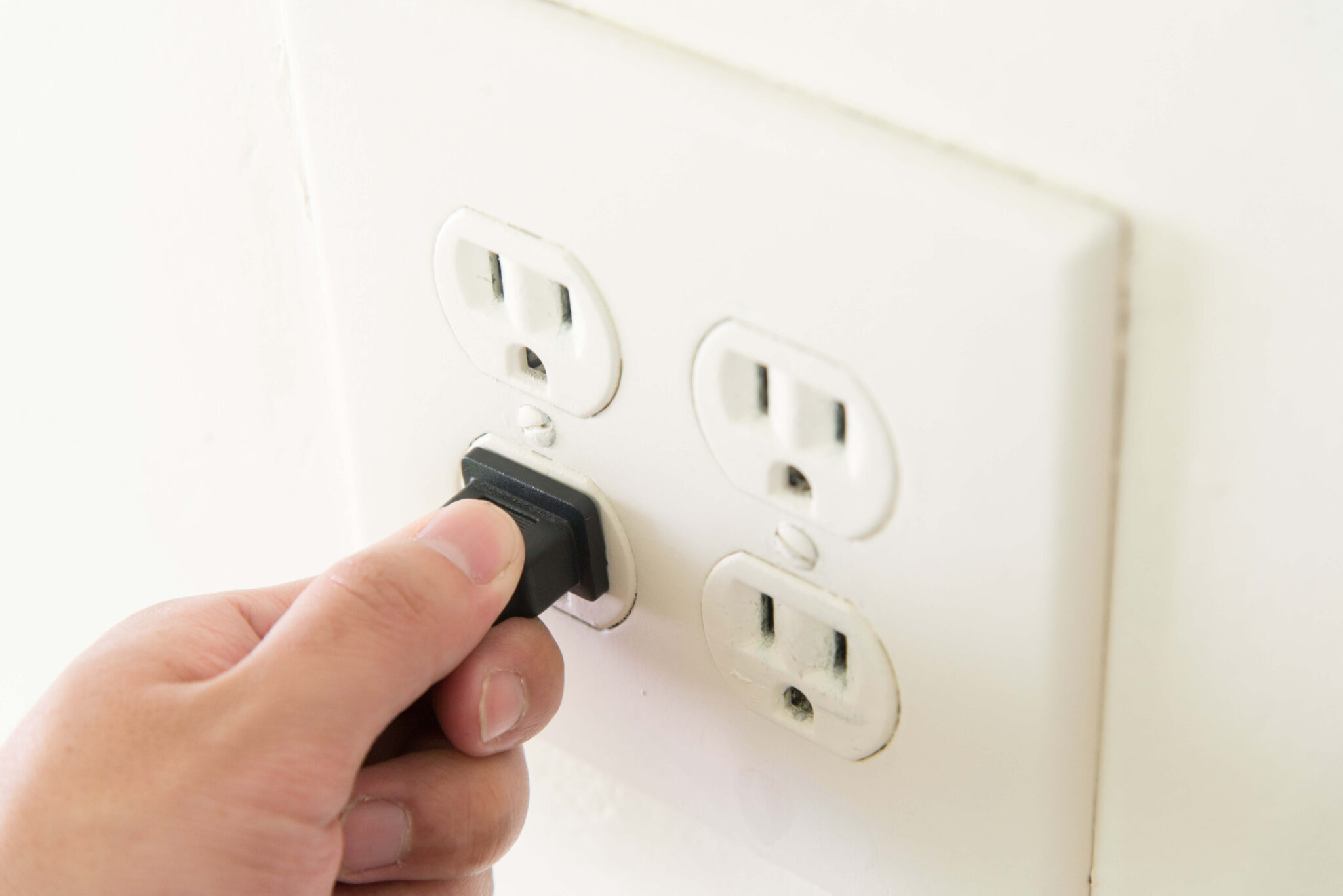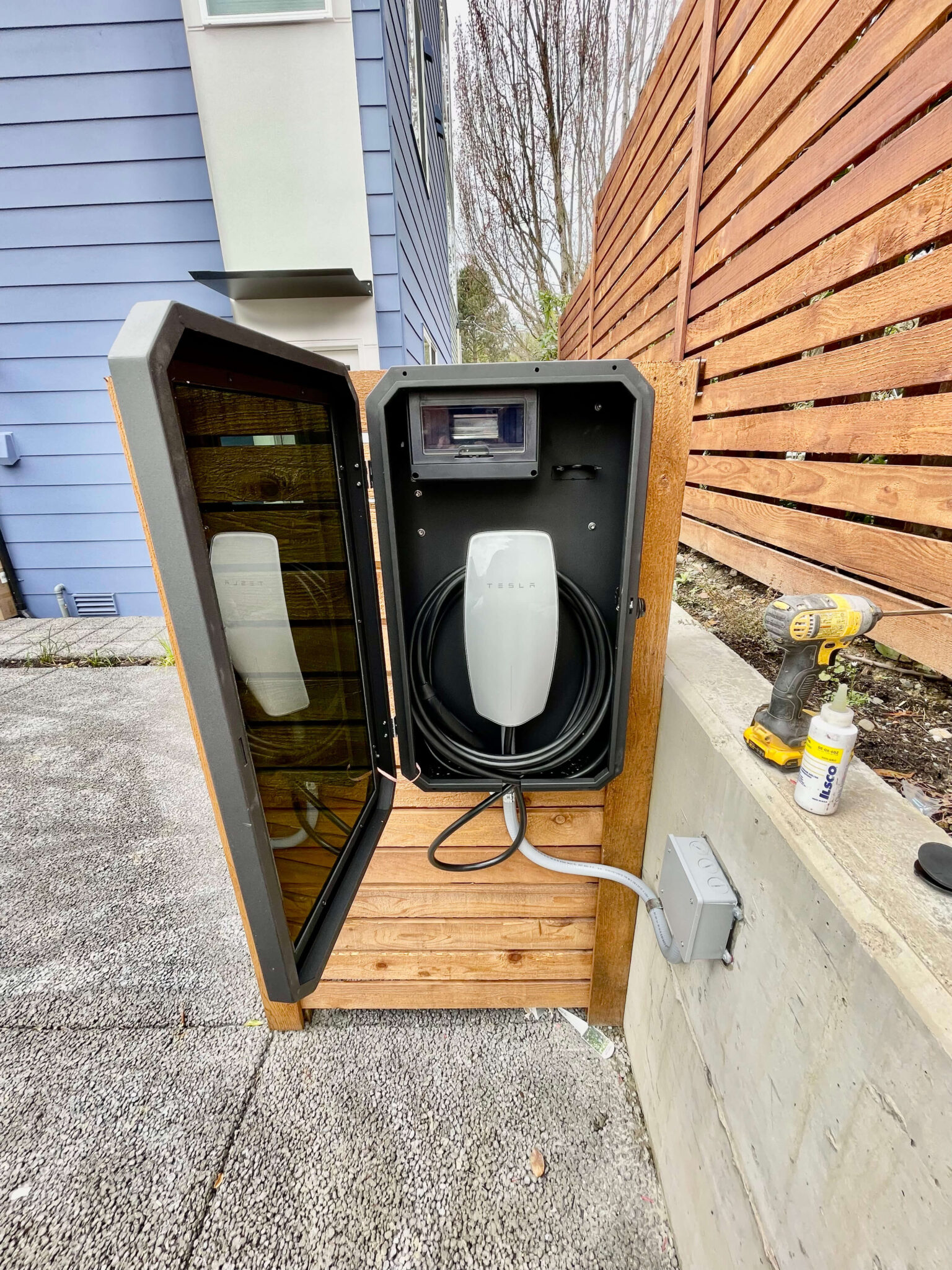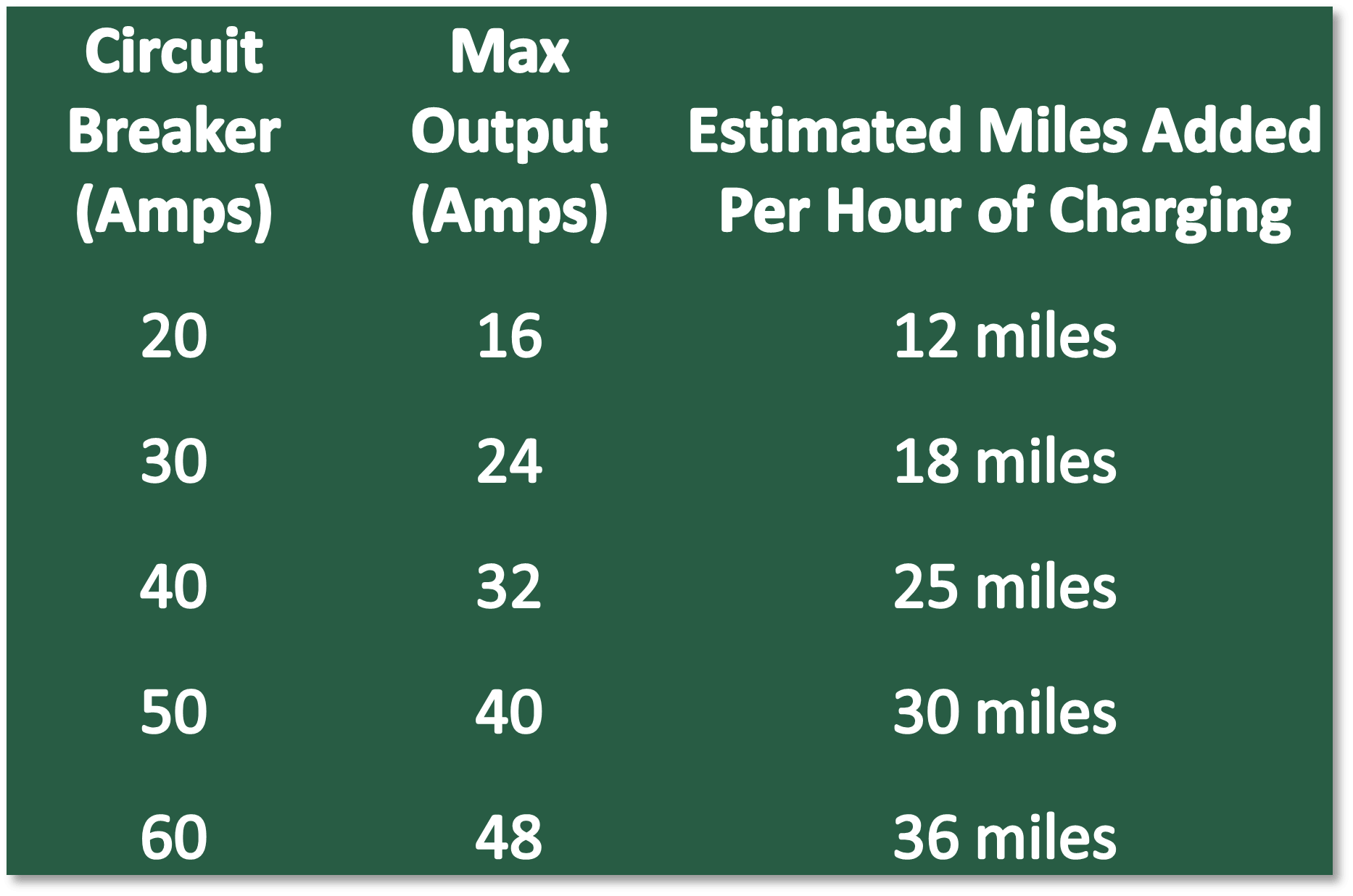Driving Into The Future
Driving an electric vehicle (EV) is a great way to reduce your carbon footprint and save money on fuel costs. Even better when you have solar panels at home to create the electricity needed to run your car! Before purchasing an EV, it is best to determine what charging level you want at home. Between level 1 and level 2 charging, you can decide the best option for your EV driving needs.
Factors that affect your charging
There are a couple of things for Homeowners to consider when choosing the right kind of charging level to have at home.
Commute Distances
It’s good to have a general idea of the average miles driven during the week and the weekends. Knowing the miles you drive each week will help with how many days and for how long you need to charge your EV.
Charging Access
Is there more than one EV that will require charging overnight? Do you have limited parking spaces with EV charging capabilities? Can you charge at your workplace? Understanding your access to charging can help calculate the speed and frequency of your charging needs.
Battery Size
Do you need to charge the battery of a plug-in hybrid? Tesla Model Y or a Nissan Leaf? Each EV has a different battery size, which affects its time to get fully charged.

Level 1 Charging
Level 1 charging utilizes the commonly found 120V outlets in your home. You can plug the charger which comes with your EV directly into one of these outlets. Level 1 charging is best suited for EV drivers with a short commute, plug-in hybrids (small battery to charge), and access to 8+ hours of charging.
If you have access to charging while you are at work or at places you regularly commute. Then you have more opportunities to charge your batteries throughout the day and not just at home. With the level 1 charge rate of 3 to 5 miles per hour charged, this is the slowest method of charging your EV, coined the term “trickle charge.” Suppose you drive between 30 to 40 miles per day and charge for at least 6-8 hours; then level 1 charging can get the job done. We recommend trying level 1 charging for a week or two and seeing how that fits your routine.
Level 2 Charging
Level 2 charging at your home will significantly increase the rate you can charge your EV. Installing a level 2 charger, you can either hardwire the charger into your electrical panel or use a 240V outlet, such as the ones used by your washing or dryer unit.
The NEMA receptacle is a 240V outlet that you can use to plug the level 2 charger. NEMA outlets for EV charging come in 14-50 or 14-30 ratings for 50 amps and 30 amps, respectively. This installation method is more cost-effective but is subject to unintended tripping of the circuit due to ground-fault circuit interrupters in 240V outlet installations.


Charging rates for hardwired installs
Hardwiring the charging station will provide a weatherproof connection ideal for outdoor charging locations and a broader charging amperage (amps) range. You will be using a thicker gauged wire with hardwired installs since the load will exhibit a higher energy draw through the level 2 charger. The larger electricity draw is why charging rates are much quicker than the level 1 trickle charge. To the left, you can see a table that breakdown the rate of charge at each output level.
You can see that the charging rate, even at 16 amps max output, is double that of level 1 charging. Most EVs will have a 30 amp breaker, and others require a 60 amp breaker, make sure to check your EV specifications for what they need for level 2 charging.
Finding the best charging solution for your home
With EVs becoming more commonplace on American roads and homes, finding the optimal way to charge them will ensure you have the best experience driving your EV. Level 1 charging is an easy way to plug into your EV. However, those who commute often and farther distances of 50+ miles will feel better topping up their battery at home through a level 2 charger. With battery capacities ranging from 17.6 kWh of the smart car to 100 kWh of the Tesla Model S, you must assess how often you intend to drive your EV to charge them at the appropriate level. If you have decided to install a level 2 charger at your home, NWES can help you find the best and most aesthetic way to get your EV charging station up and running. Submit a quote today!


